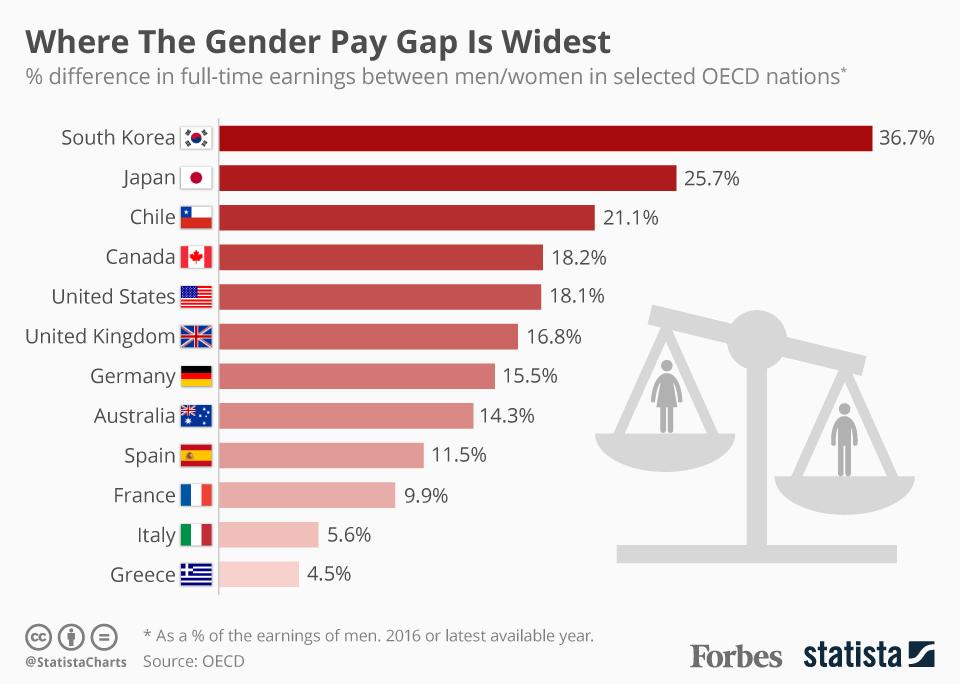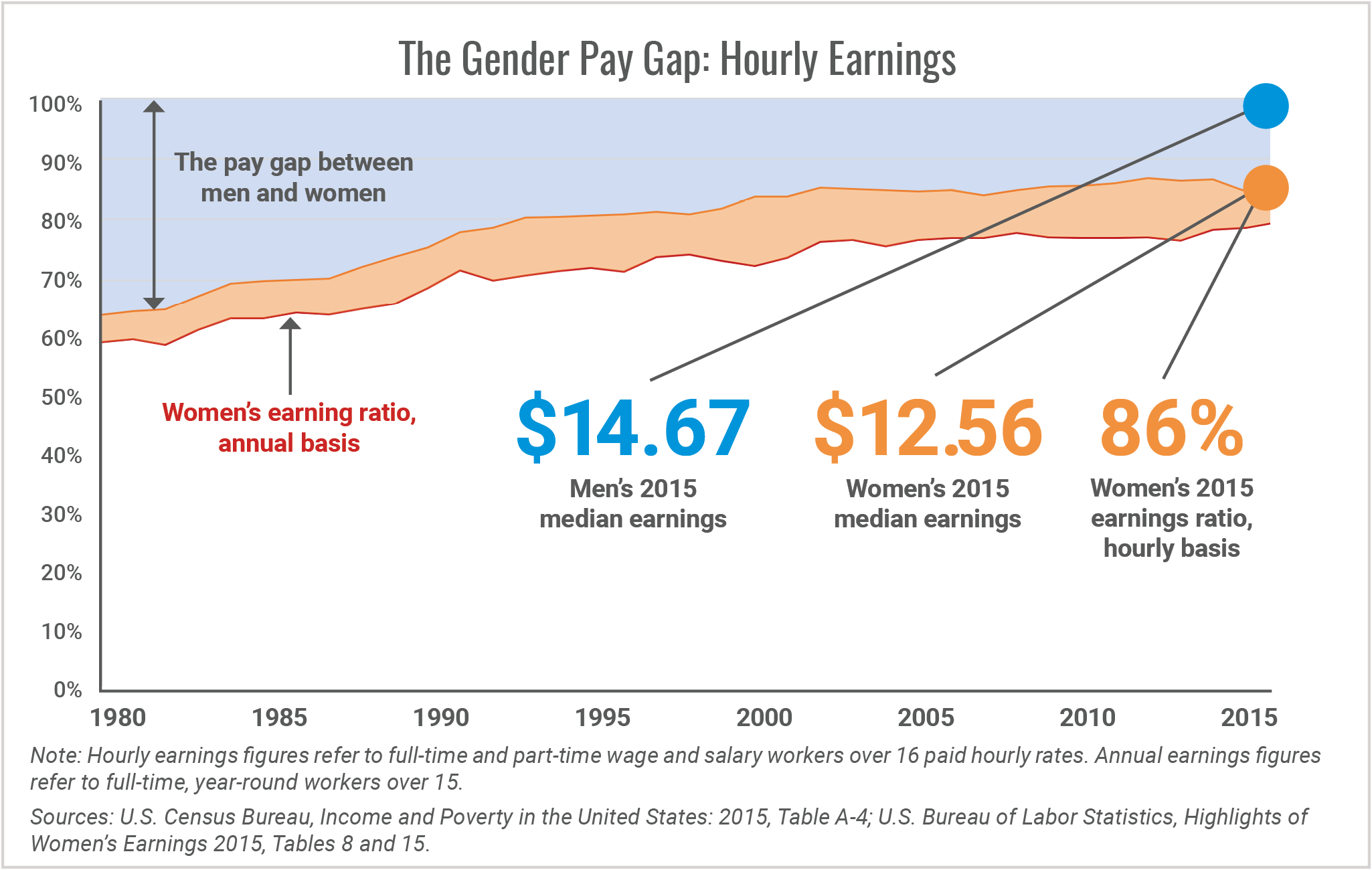Your Cart is Empty

LOADING
Please wait...
Under our 45-day return policy, you can always return/exchange your custom shoes. In this case, you'll have to send them back to our US or UK address. We offer free exchanges for orders over $75
Under our 45-day return policy, you can always return/exchange your custom shoes. In this case, you'll have to send them back to our US or UK address. We offer free exchanges for orders over $75
There’s a reason they say all economics is local. It always depends on where you are. Not surprisingly, this is also true of the pay gap. But breaking down the wage difference between men and women by location, you can get surprising and incredible results. Let’s go to the raw data!

The old EU market
Things are looking up in the European Union. According to a recent study, the pay gap in the U.K. is at its lowest in 20 years! However, more needs to be done, at the current rate of product, the gap won’t be closed before today’s young working women retire.
If we break things down by age group, we get even more good news. Among young workers the wage gap sometimes disappears entirely. Belgium and Germany are the biggest stars, young women there are even making more than their male counterparts! Belgium attributes its success here to a special law passed in 2012, which proactively monitors and addresses any gender imbalances in compensation. So an enthusiastic “gefeliciteerd!” (congratulations!) to our Belgian friends.
The young US market
The U.S. still has some catching up to do in compared to Europe (surprise, surprise, right?). But again, it varies depending on locale and sector. In New York, women are making 90% percent of what men do — the smallest gap in the country. Where as in Louisiana, women get paid a dismal 70% percent of what male colleagues make. Another problem area is finance, where women financial managers. The worst gap of any sector, where women make 33% less than men. But as more women enter the financial industry, we should see progress here as well.
Despite these numbers not being nearly what we’d like, the upshot is they’re still better than they’ve ever been. The gap is closing. Onwards and upwards, as they say.

Moving Forward
Don’t wait for trickle down change. The trends are positive, but at the current rate, the gap won’t be completely closed until 2119. Barring any unexpected advances in medicine, we can’t wait that long. We need to encourage executives to make proactive changes, such as audits to monitor and address gendered pay discrepancies.
Putting pressure on companies is an important step. But why leave the ball in their court? The best thing a young professional woman can do for herself is make sure her salary negotiation skills are top notch. Societal change takes time, but you can work on empowering yourself today. There’s probably a free workshop in a city near you!
Thirdly, we can’t forget about policy. The Equal Pay Act hasn’t been updated since 1963. The times have changed and so should policy. Companies should be required to disclose what they pay men and women, and if pay gaps persist, there should be legal consequences. If you’re in the U.S., contact your congressperson tell them to take action for equal pay!
There you have it. A lot’s been done, but there’s a lot more to do. Luckily, things have never been better, and there are clear actionable steps we can take. Let’s get crackin!